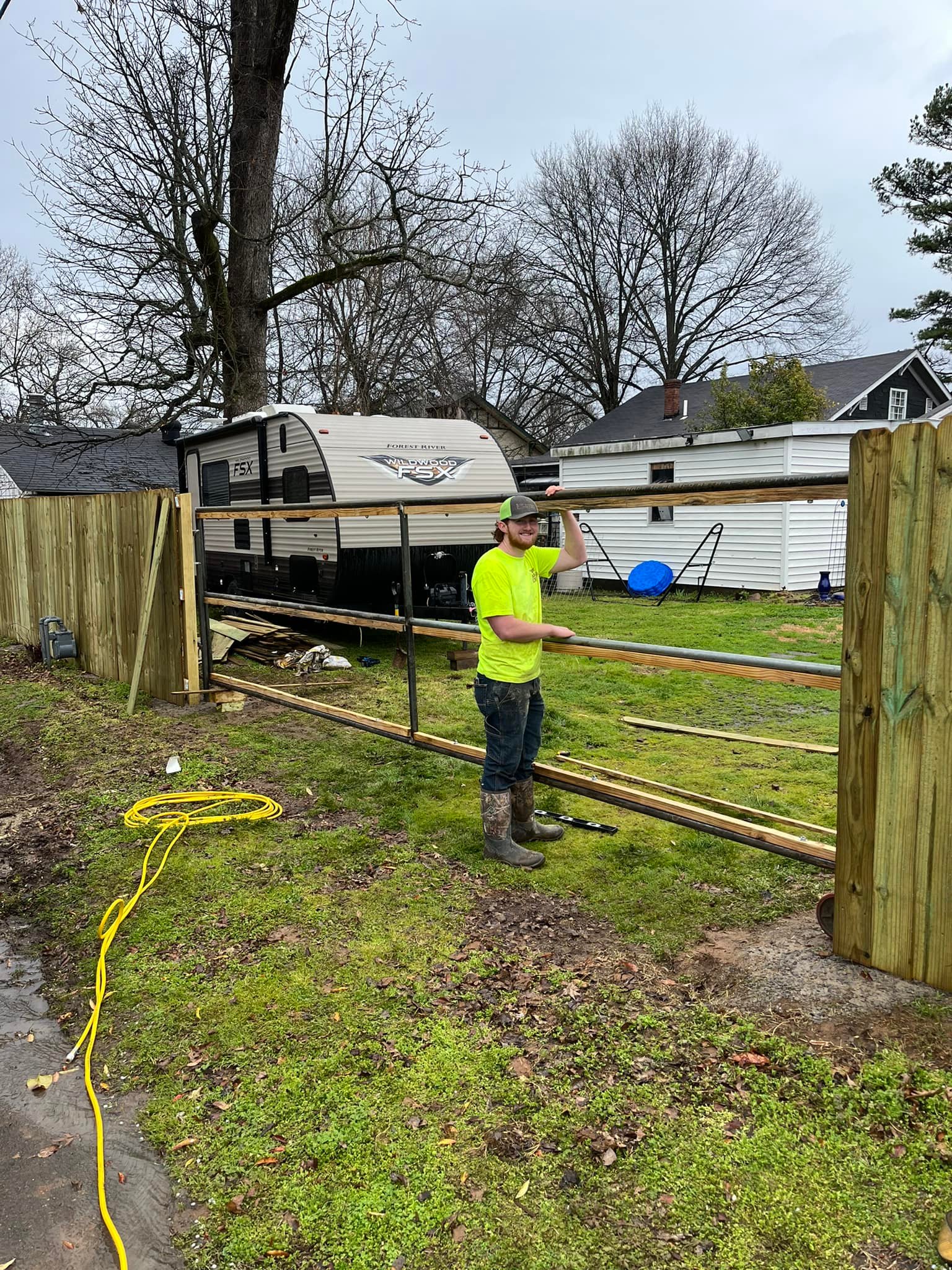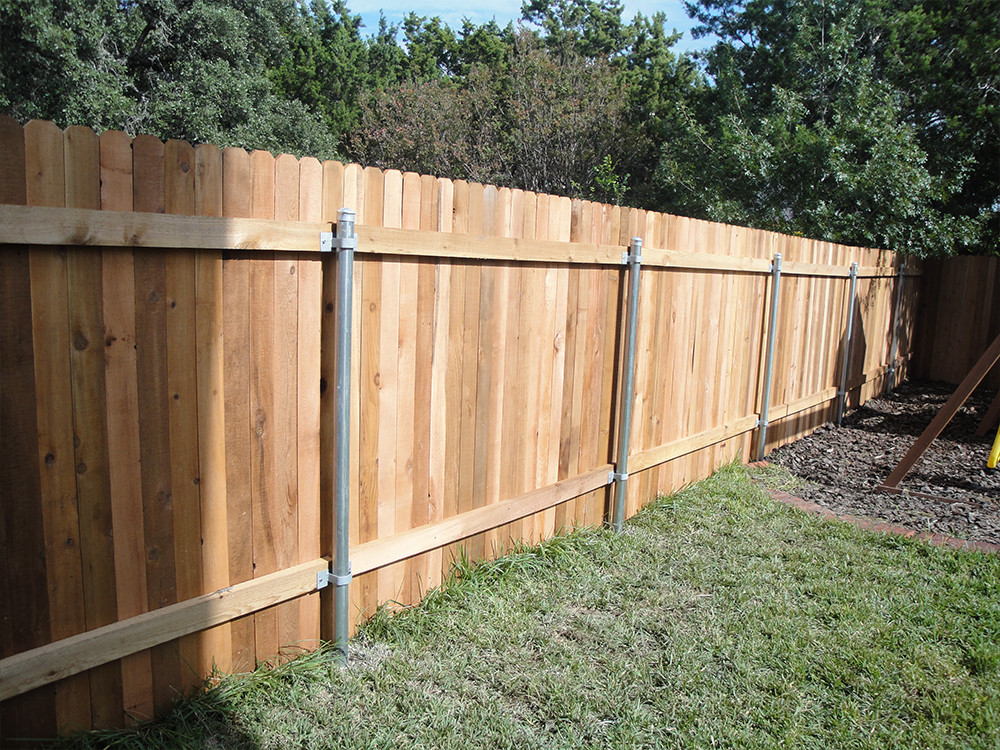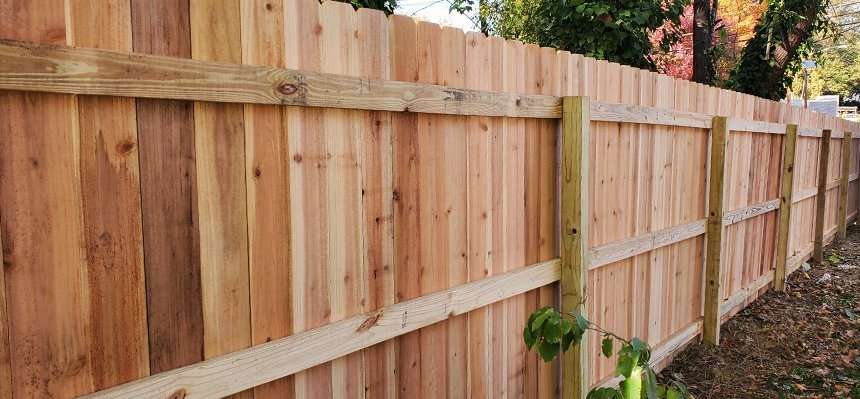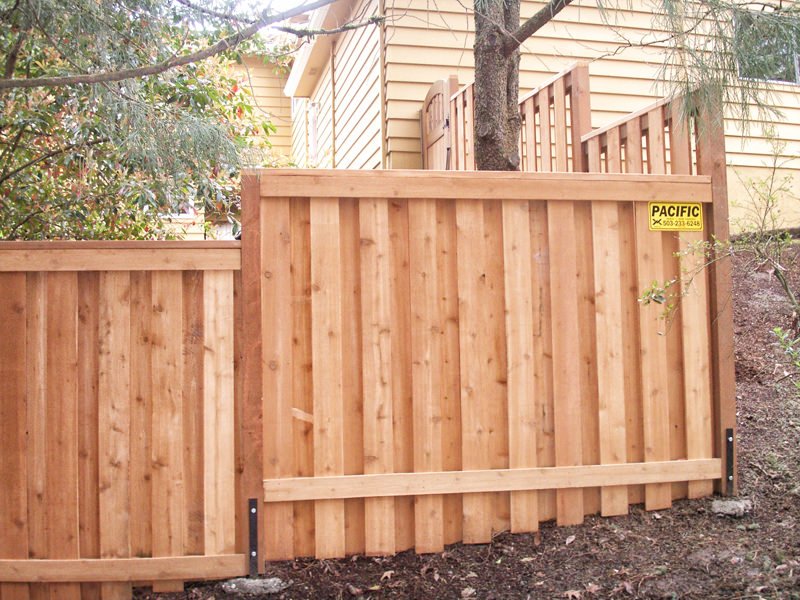Experienced Wood Fence Contractors Fort Smith AR: Creating Stylish and Functional Fences
Experienced Wood Fence Contractors Fort Smith AR: Creating Stylish and Functional Fences
Blog Article
Step-by-Step Guide to Installing a Wood Fence for Your Home or Residential Property
Mounting a timber fencing can dramatically improve both the functionality and aesthetic allure of your property. Recognizing these actions not just guarantees a strong installment yet additionally contributes to long-term satisfaction.
Preparation Your Fence Setup
When starting the installment of a timber fencing, mindful preparation is necessary to ensure an effective result. Begin by analyzing the function of the fence-- whether it is for personal privacy, safety, or looks-- since this will certainly influence the layout and design. Next off, evaluate the property lines, making sure to verify the limits with a study or title deed to avoid disagreements with neighbors.
Consider local zoning home owners and legislations' organization standards, as these might dictate fencing elevation, design, and materials. It is suggested to obtain the necessary authorizations before starting job, as this can prevent legal complications later on.
In addition, take into account the surface and soil conditions of your residential or commercial property. Unequal ground may call for added adjustments throughout installation, while rough soil might demand customized devices.
Lastly, develop a thorough plan that includes dimensions, the variety of messages, and the spacing in between them. A clear design will certainly help with the installment process and guarantee that you have all required products handy. By sticking to these planning actions, you can establish a strong structure for an effective timber fence setup.
Picking the Right Products
Selecting the ideal products for your timber fence is essential to guaranteeing durability and aesthetic appeal. One of the most typical kinds of wood utilized for secure fencing consist of cedar, redwood, and pressure-treated ache. Cedar and redwood are naturally resistant to decay and bugs, making them outstanding selections for longevity. Their rich shades and natural grain patterns also improve the visual allure of your building.
Pressure-treated yearn is another preferred alternative, as it is often extra inexpensive. It calls for normal maintenance and treatment to extend its lifespan. When picking wood, consider the climate of your area; for example, areas with high humidity may take advantage of timber varieties with higher resistance to moisture.
In addition, you should examine the fence style and objective. A picket fence might need different material specifications contrasted to a privacy fence. Opt for thicker boards for architectural integrity, especially in high-wind locations. Lastly, take into consideration the finish; untreated timber may need staining or sealing to shield versus weather elements. By meticulously selecting your materials, you can make sure that your timber fencing will certainly stand the test of time while matching your home's landscape.
Preparing the Installation Site

Preparing the installation website is a crucial action in making certain the successful building of your wood fencing. Proper prep work not just helps with a smoother installment process yet also contributes to the longevity and security of the fence.

If your site has irregular ground, take into consideration leveling it or adjusting your fencing style appropriately. This is important to avoid damage during installment and make certain security.
Setting Up the Fencing Posts

Next, dig openings for every blog post, ensuring they are deep sufficient-- normally one-third the elevation of the message over ground-- to offer stability. A depth of at the very least 2 feet is recommended for the majority of fencings. The diameter of the holes must be roughly three times the width of the posts.
When your holes are prepared, area each post upright right into the assigned opening. Use a degree to ensure they are plumb, readjusting as essential. After positioning, load the openings with concrete mix or stuffed dirt for added assistance. Enable the concrete to cure according to the supplier's instructions, typically 24 to two days. Properly set up articles are vital for maintaining the structural stability of the fence, guaranteeing it remains upright and secure versus environmental anxieties.

Including Fencing Panels and Ending Up Touches
Once the fencing blog posts are securely established, the next action entails affixing the fencing panels, which will specify the boundaries of your residential or commercial property. Begin by placing each panel see this here between the posts, ensuring they are degree and lined up.
After all panels are connected, examine the whole fence for any kind of imbalances or spaces. Make adjustments as necessary to guarantee an uniform appearance.
In addition, applying a protective tarnish or sealant will certainly boost the wood's toughness versus weather condition aspects, lengthening the life of your fencing. With these steps, your timber fence will not only serve its function effectively yet additionally enhance the overall charm of your building.
Conclusion
In final thought, the effective installation of a timber fence requires careful planning, choice of appropriate products, thorough website prep work, and exact execution of installation techniques. Proper maintenance post-installation additionally prolongs the life and look of the timber fencing.
When embarking on the installment of a timber fencing, mindful planning is essential to ensure a successful end result.Selecting the proper products for your timber fence is essential to ensuring resilience and visual appeal. A picket fence may require different material specs contrasted to a privacy fencing.With the installment website appropriately prepared, the next step involves setting the fence messages, which offer as the foundation of your wood fencing.As soon as the fencing posts are firmly set, the following step involves attaching the fencing panels, which will certainly define the borders of your home.
Report this page